The Pennsylvania Historical and Museum Commission (PHMC) invites members of the public to prepare and submit marker nominations for the upcoming December 1, 2019 annual deadline. The Historical Marker Program is one of PHMC’s most popular public programs, with nearly 2,500 markers throughout the Commonwealth and new ones dedicated each year.
Nominating markers
The nomination process has gone from being exclusively staff driven through a transitional period to being exclusively public driven. Staff can provide assistance with preparation of nominations, but interested members of the public are responsible for the completion of nomination forms and doing the research to document the subjects’ significance.
It can be a lot of fun to discover a person, place, event, or innovation that you or many members of the public were not aware of and bring the subject to light in the form of a marker. Markers are a great source of community pride.

Evaluating markers
The Commission has established Approval Criteria for evaluating marker nominations. The criteria have been slightly revised since first adopted in the 1980s, but the primary criterion, “that the subject have statewide and/or national rather than local or regional historical significance” remains in effect.
A requirement for inclusion of scholarly documentation with each nomination is also important to verify claims of significance in the narrative portion of the nomination. Nominators are expected to include both primary and secondary source material.
Additionally, there is a requirement that the subject, if an individual, have a substantial connection to Pennsylvania, more than simply having been born here. The person must have spent enough time in Pennsylvania to have been shaped here, got their start in their life’s profession here, and/or have exhibited a long-term effect of having lived in the Commonwealth.
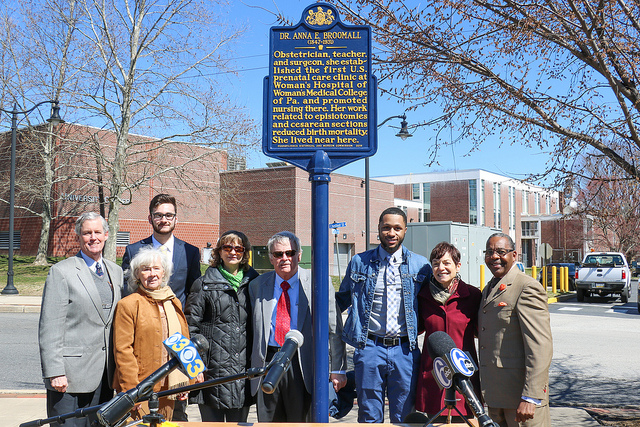
Marking underrepresented people, places, events, and innovations
PHMC is especially interested in encouraging markers for subjects or in regions of PA that are generally underrepresented.
To further this aim, historical societies in counties where there are 10 or less markers as well as minority commissions under the Governor’s jurisdiction have been contacted to encourage them to promote marker nominations in those areas or related to minority history. PHMC has committed funds to cover the manufacturing costs for a handful of these markers each year.
This year, PHMC has agreed to support the Pandenarium marker in Mercer County and the Cynthia Catlin Miller marker in Warren County, both scheduled for installation and dedication this fall.
Pandenarium is a historic archaeological site of a free African American community that was established in the 1850s. It fits two of categories PHMC is anxious to promote: African American history markers in counties other than Philadelphia and archaeology-related markers.
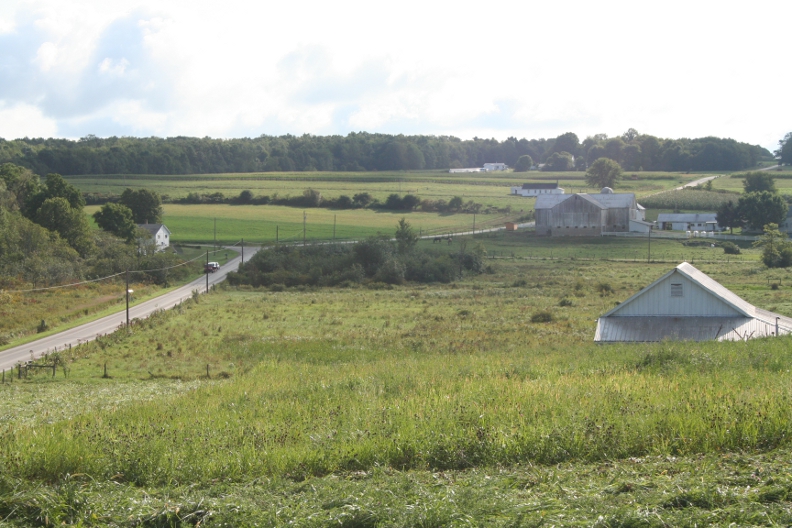
Cynthia Catlin Miller was an abolitionist leader active in the Underground Railroad. It fits three of categories that PHMC is anxious to promote: African American history markers in counties other than Philadelphia, markers for notable women, and under-represented counties (10 extant).
We anticipate the opportunity to support several nominations for under-represented markers again this year.
PHMC recently launched a social media campaign using historical markers to commemorate 400 years of African American history in North America. We join the 400 Years of African-American History Commission, other cultural and historical institutions, and media organizations to commemorate this legacy and recognize the contributions made by these enslaved and later free people by launching a social media campaign.
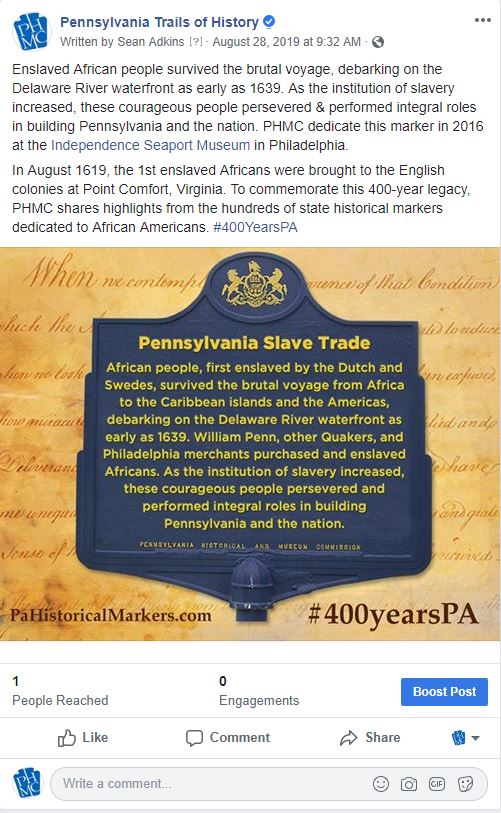
Each week through February 2020, PHMC will feature selected stories to highlight the multifaceted African American experience across Pennsylvania and will include both well-known and lesser-known people, places and themes. PHMC will share these over all of its social media platforms and encourages its thousands of followers to share these posts using the hashtag #400yearsPA.
We can help
It is generally helpful for a potential nominator to consult with PHMC staff in the initial stages of his or her research. Staff is available to review draft nominations, and can provide advice on whether or not a particular subject is viable and suggest ways to adjust focus or sources to pursue that would afford one a better chance for approval. To allow time to make revisions to your nomination and meet the December 1 deadline, drafts must be submitted prior to November 1, 2019.
You can also join us for an informative webinar, “Tips & Tricks for a Successful Application,” on Tuesday, September 24, 2019 at 10:00. Click here for more information and instructions for connecting with us.
So, do a little research. See if you can dig up an interesting and significant tidbit of history related to your community. If interested in learning about how to apply for a PHMC marker or simply to learn more about the Historical Marker Program, please visit our website at pahistoricalmarkers.com.
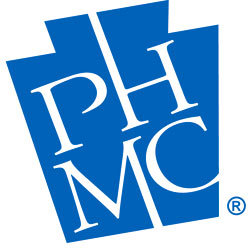
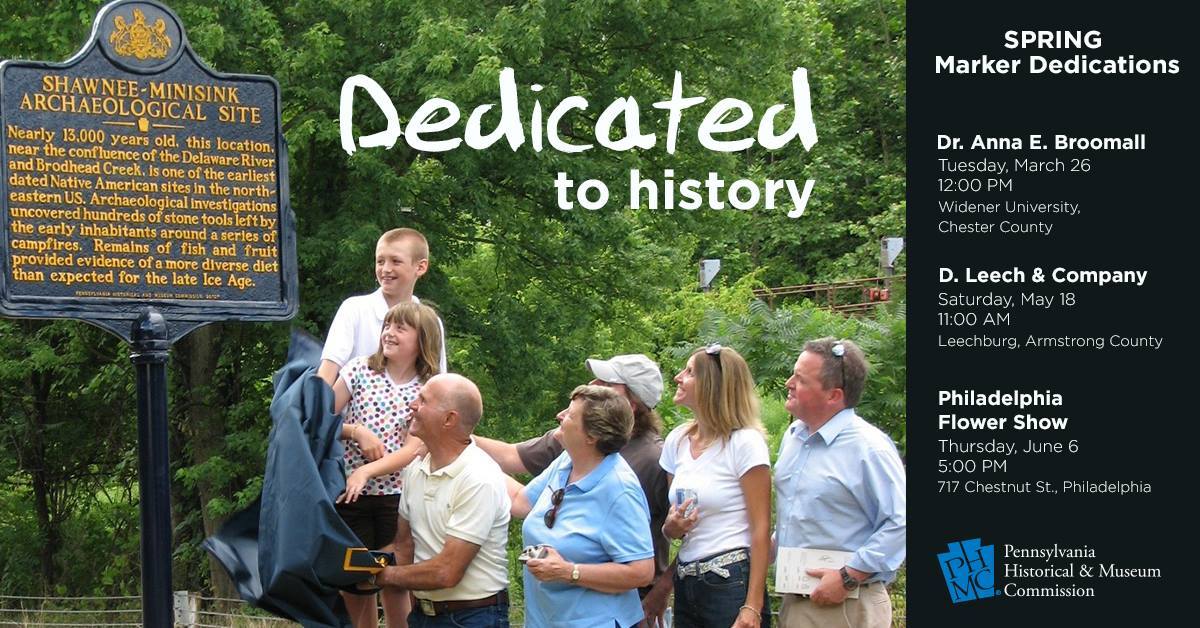
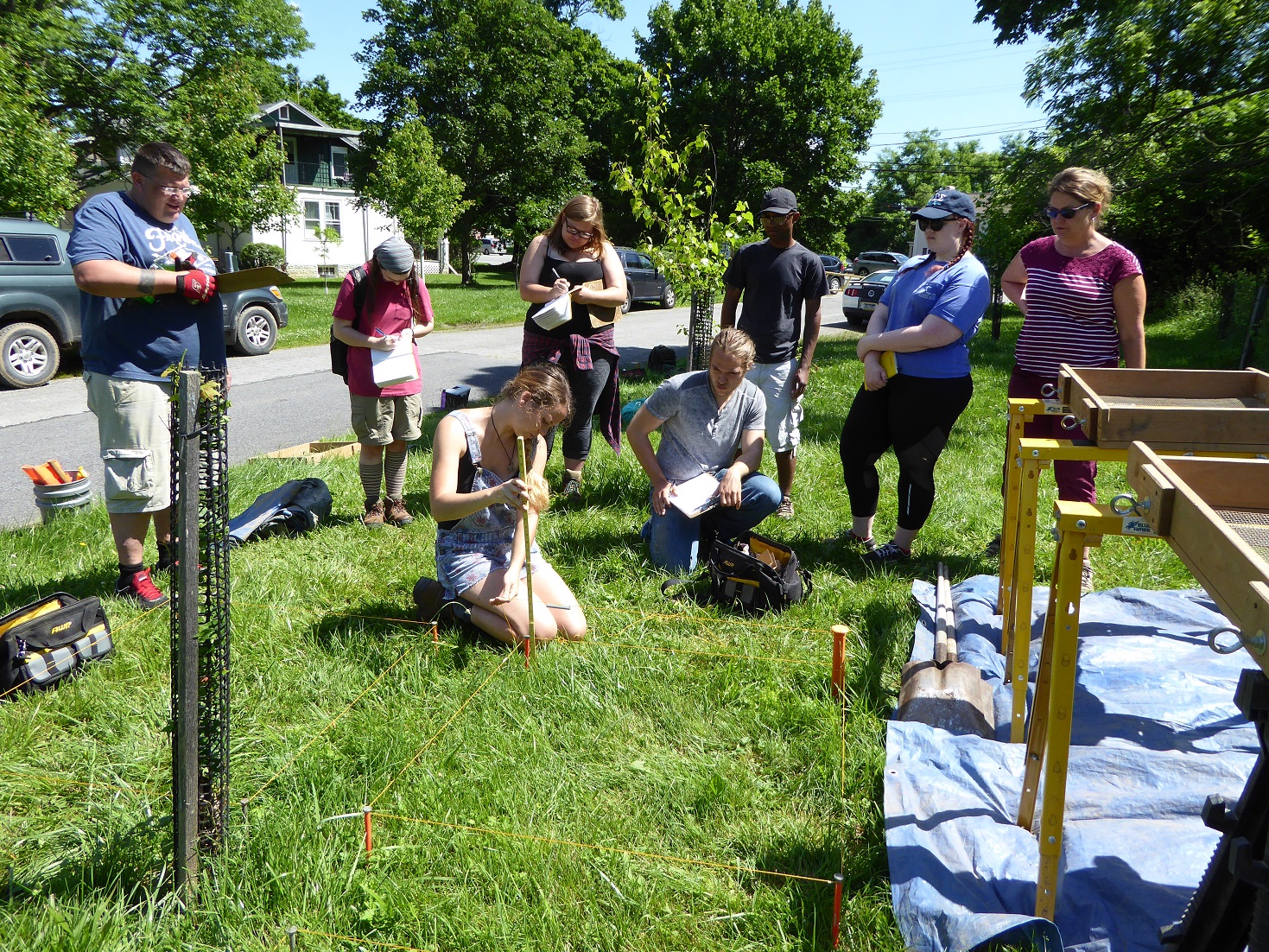
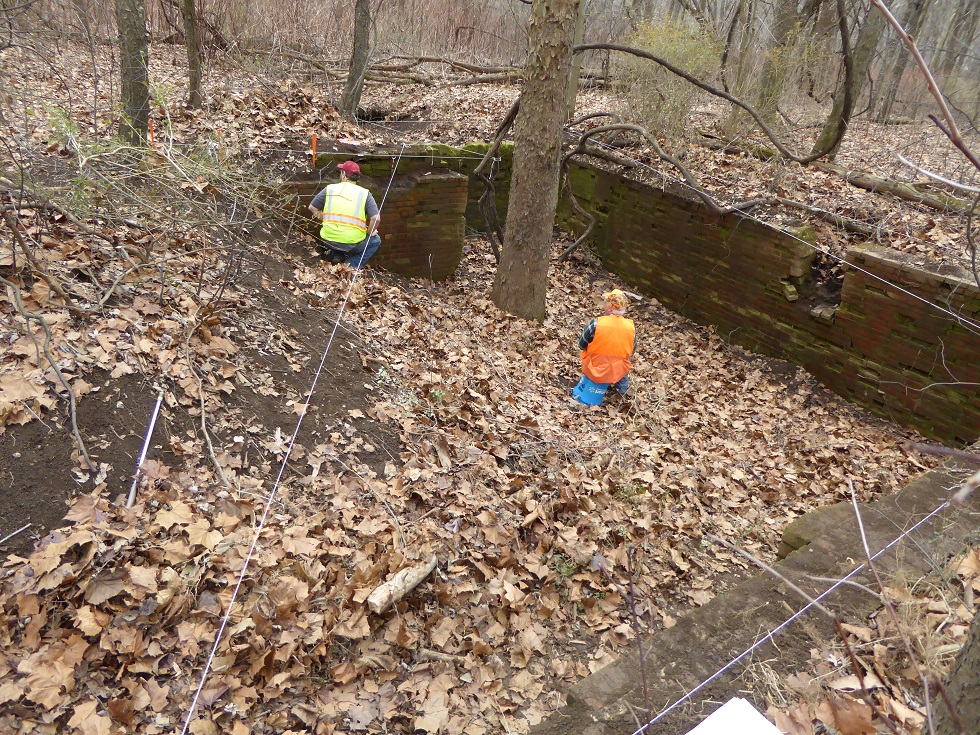
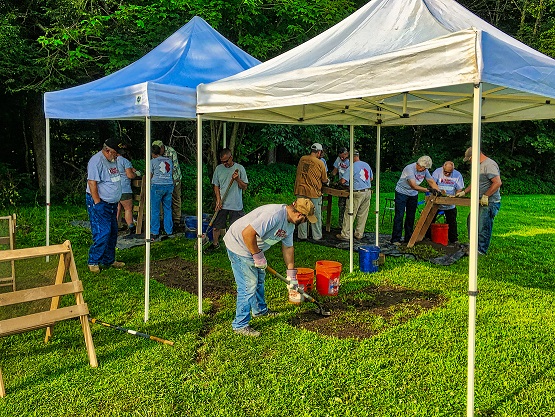
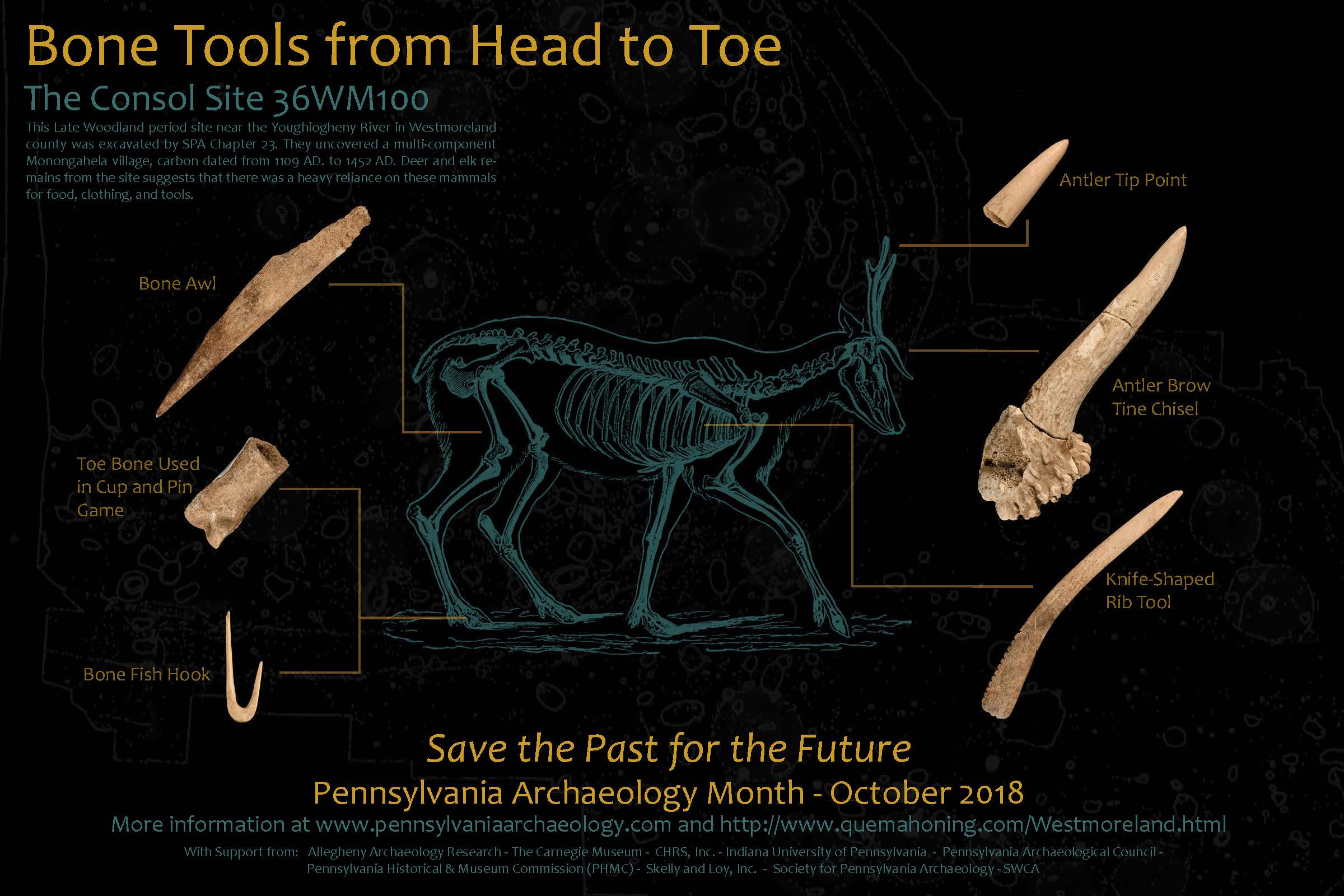
Recent Comments